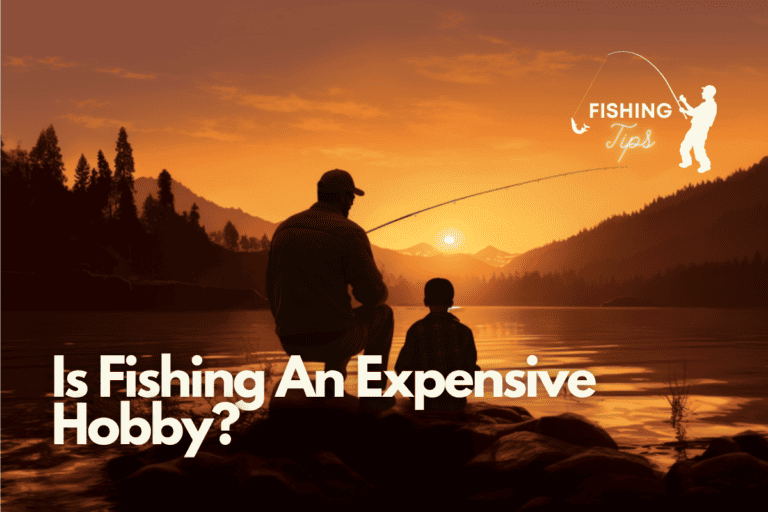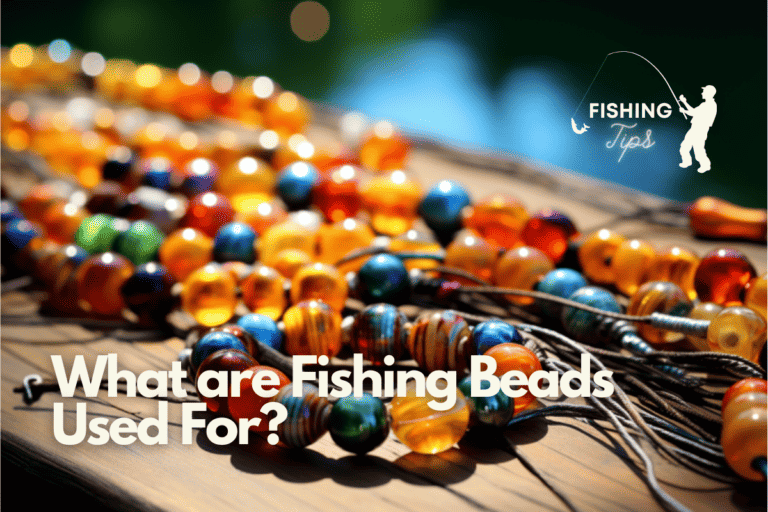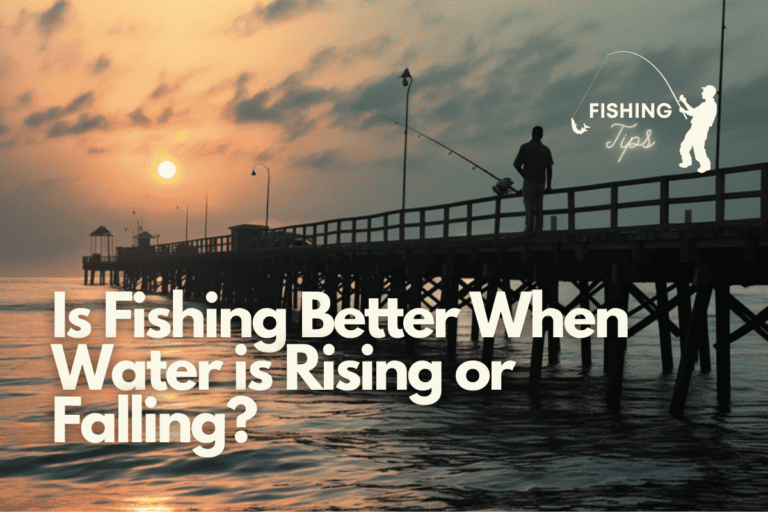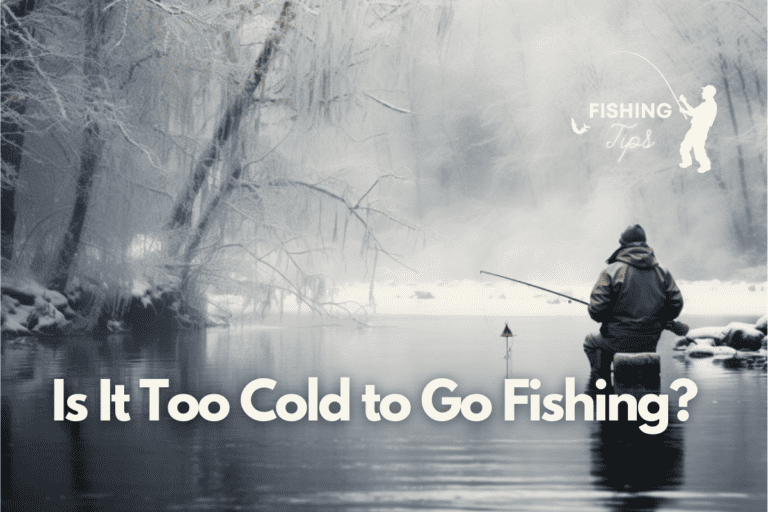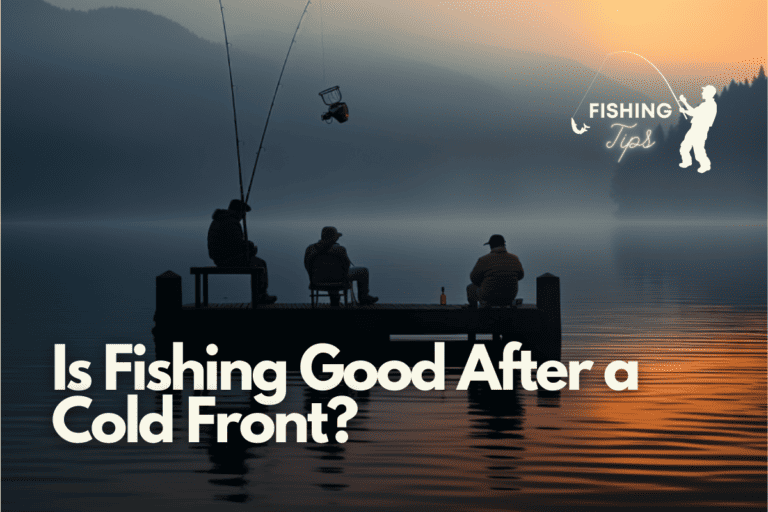What is the Best Barometric Pressure for Crappie Fishing?
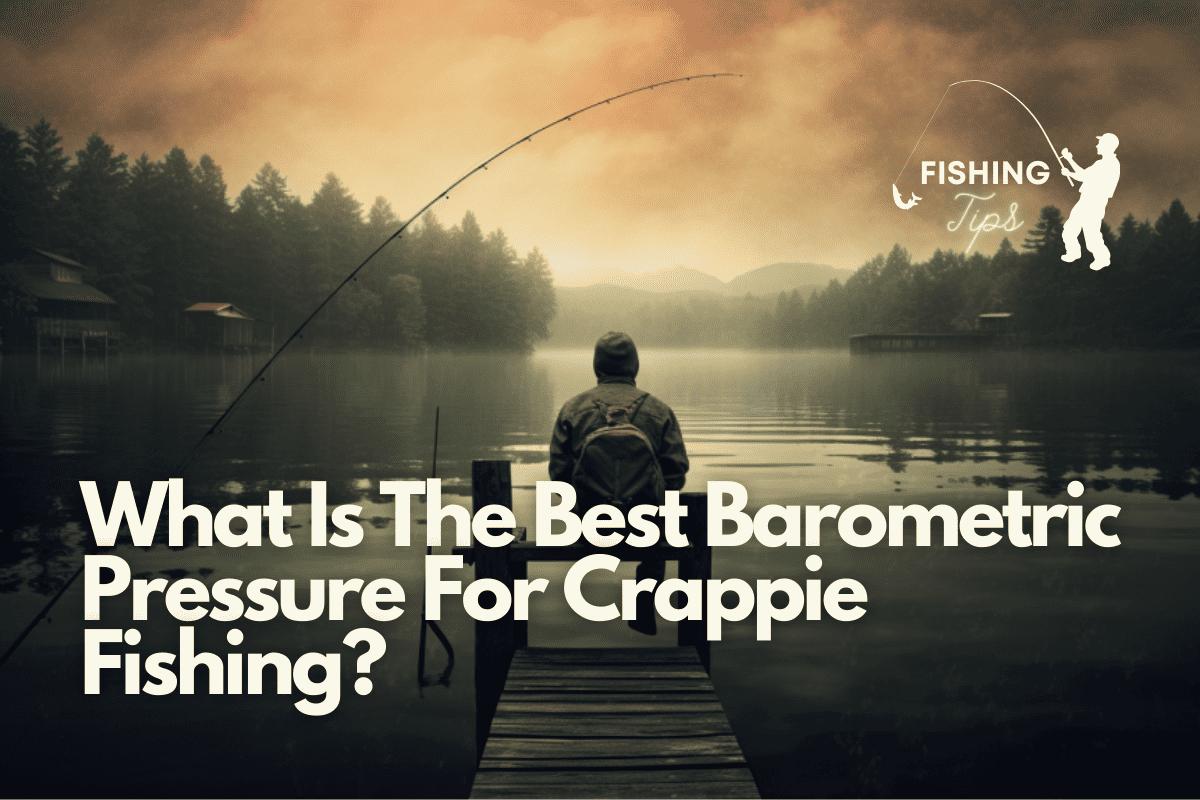
Barometric pressure, or atmospheric pressure, is a topic of debate for many fishermen. It’s believed to influence fish behavior, especially that of crappies.
But what is the best barometric pressure for crappie fishing? Let’s delve into the science and practical experiences of seasoned anglers to find out.
What is the Best Barometric Pressure for Crappie Fishing? Understanding Barometric Pressure
Barometric pressure refers to the weight of the air pressing down on the earth’s surface. Humans, for the most part, are oblivious to its constant presence, only noticing its effects during extreme weather changes or altitude shifts.
However, for fish, especially crappies, this pressure can significantly influence their behavior.
How Barometric Pressure Affects Crappie
The dance of crappies in response to atmospheric shifts is a fascinating spectacle of nature. As creatures sensitive to their environment, understanding how barometric pressure impacts crappie behavior can be the key to predicting their movements and improving fishing success.
Crappie Behavior Based on Barometric Pressure
| Barometric Condition | Crappie Behavior | Fishing Tips |
|---|---|---|
| Falling Barometer | Active in shallow waters | Fish near the shoreline with bright lures |
| Rising Barometer | Active in deeper waters | Use bright lures, cast near covers |
| Steady Barometer | Active in shallows | Regular fishing techniques |
| High Pressure | Less active, suspends in deep water | Patience; might not be the best time |
| Low Pressure | Active before a storm | Fish deeper waters; brief window of activity |
- Fish Sensitivity to Pressure: Fish, including crappies, have an air sac known as a swim bladder. This bladder inflates or deflates based on the surrounding air pressure, allowing the fish to maintain buoyancy. When the atmospheric pressure changes, it affects the volume of gas in the swim bladder, which in turn influences fish behavior.
- Falling Barometer: As the barometric pressure drops, indicating an approaching storm or weather change, crappies tend to become more active, especially during the spring pre-spawn. They move to shallower waters and feed aggressively. This is the time when anglers can expect a good bite, especially near the shoreline.
- Rising Barometer: Post-storm, when the pressure starts to rise, crappies feel more at ease. They remain active but tend to stay in deeper waters. Bright lures and casting near cover can increase the chances of a catch during this period.
- Steady Barometer: During stable weather, crappies usually stay in the shallows, feeding and spawning. Their behavior doesn’t change drastically during this time.
- High Pressure: Extremely high barometric pressure can make crappies abandon their usual habitats. They might leave the shallows, suspending in deeper waters, and become less active.
- Low Pressure: Before a storm, when the pressure is low, crappies might be found in deeper waters. However, just before the storm hits, they might become active, offering a brief window for a good catch.
In essence, the atmospheric pressure acts as a silent conductor, orchestrating the movements and feeding habits of crappies. By tuning into this natural rhythm, anglers can better align their strategies with the preferences of these elusive fish.
Final Thoughts

Barometric pressure undeniably affects crappie behavior. By understanding these changes, anglers can adapt their fishing strategies to increase their chances of a successful catch. Whether it’s before a storm or during a calm, sunny day, knowing how crappies respond to atmospheric pressure can be the key to a fruitful fishing trip.
FAQ: Factors Affecting Crappie Fishing
Q1: Does barometric pressure affect other fish species similarly? A: Barometric pressure does impact many fish species, although the specific response can differ based on the individual species and its unique characteristics.
Q2: What other factors influence crappie behavior? A: In addition to barometric pressure, factors such as water temperature, wind direction, and overall weather conditions can significantly influence crappie behavior. Being aware of these factors can help predict when and where crappie might be more active.
Q3: Is there an ideal time of day to fish for crappie? A: While atmospheric pressure does play a role in crappie behavior, they are also known to be more active during the periods of dawn and dusk. These low-light times of day are often prime opportunities for successful crappie fishing.
